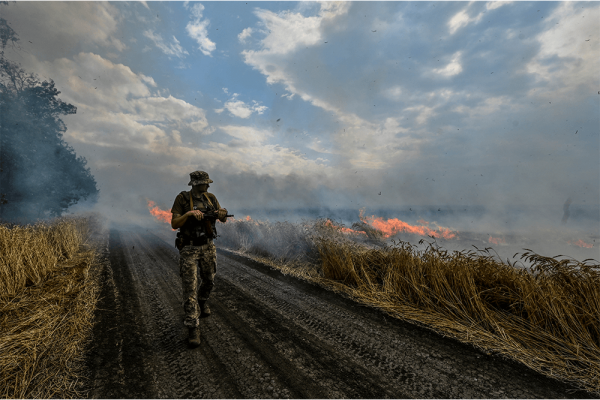Jul 28, 2022
Proclaiming God’s abundance feels counterintuitive in a world filled with excruciating and growing hunger: In the United States, long-standing food deserts, racial inequities exacerbated by the COVID-19 pandemic, and a broken social safety system are all contributing to a growing crisis of hunger. Globally, at least 140 million people are currently affected by a dire food crisis; 49 million people are just one step away from famine conditions.
Read the Full Article

Already a subscriber? Login
